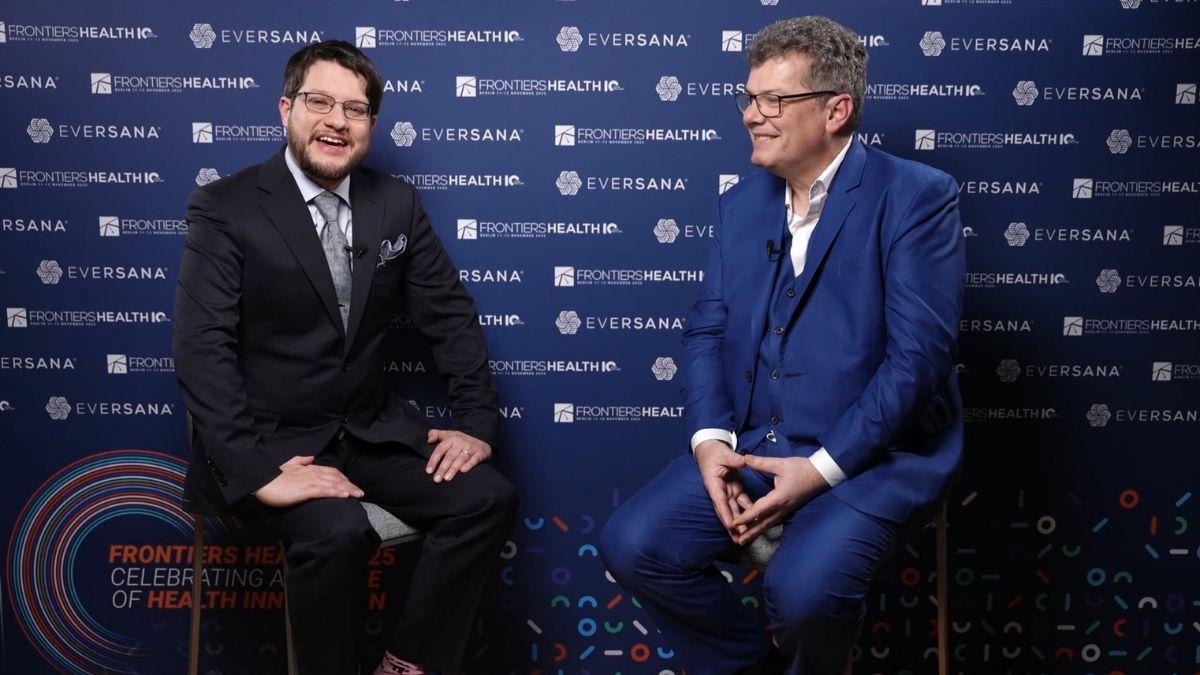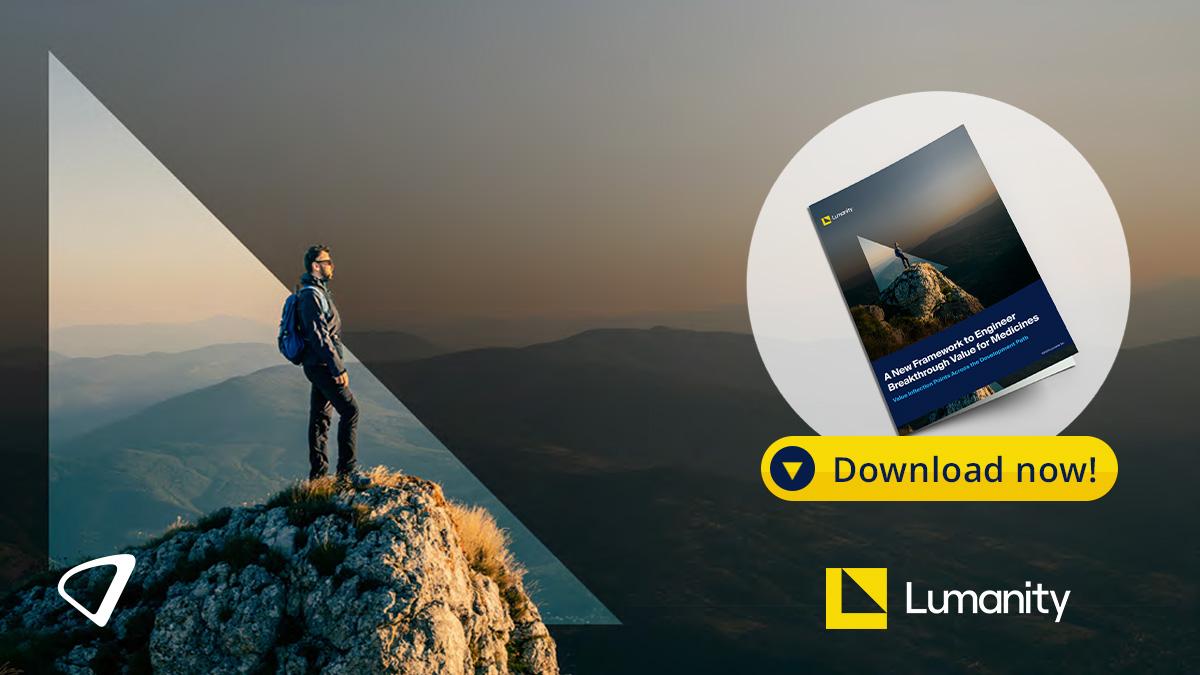Spruce Bio sows the seeds of its new future

Spruce Biosciences' future was in doubt when it dropped its lead drug for congenital adrenal hyperplasia (CAH) in December, but has now charted a way forward – thanks to a licensing deal with BioMarin.
The South San Francisco biotech has acquired rights to tralesinidase alfa, an enzyme replacement therapy (ERT) for the devastating genetic disorder Sanfilippo syndrome Type B (also known as mucopolysaccharidosis type IIIB or MPS IIIB), which currently has no effective treatment.
The neurodegenerative disease is caused by a deficiency in the enzyme alpha-N-acetylglucosaminidase (NAGLU), which leads to the build-up of a toxic substance (heparan sulphate) in cells. In turn, that leads to damage and symptoms including behavioural and developmental problems, hyperactivity, seizures, and progressive dementia. It is generally diagnosed after the age of two and leads to death in the teens.
Tralesinidase alfa, formerly known as BMN 250, is a modified version of the NAGLU that is administered once a week by intracerebroventricular (ICV) injection. It has been shown in trials to reduce levels of heparan sulphate in the cerebrospinal fluid, a biomarker that – based on discussions with the FDA – can be used as a primary endpoint for an FDA filing.
Spruce reckons it will be able to complete a submission in the first half of next year, based on a commitment to start a confirmatory study prior to accelerated approval.
That timeline gives it a fast track to a commercial product just months after CRF1 receptor antagonist tildacerfont – its only clinical-stage candidate – failed a pair of phase 2b studies in CAH and was shelved.
That prompted a strategic review at the company, which ended last year with just under $39 million in cash reserves. Under the terms of the acquisition of tralesinidase alfa, Spruce could pay BioMarin milestones of up to $122.5 million, including $22.5 million tied to approvals and launches and another $100 million for meeting sales targets.
Spruce said it has sufficient resources to see it through the end of the year, suggesting it will have to raise additional funds to bring the therapy to market.
"This new strategy opens a new chapter in our mission to provide transformative and life-changing therapies to patients affected by serious conditions with significant unmet medical need," said chief executive Javier Szwarcberg.
Photo by Naoki Suzuki on Unsplash












